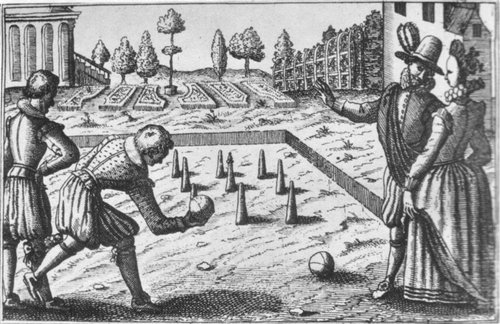Bowling, one of the most beloved sports in the U.S., has a rich and varied history that dates back thousands of years. Its origins can be traced to ancient civilizations such as the Egyptians, who played a form of bowling with stones and pins. Archaeologists have even uncovered evidence of a game resembling modern bowling in the tomb of an Egyptian child dating back to around 3200 B.C. This early form of bowling used nine pins and was played on a grassy surface.
The sport evolved significantly as it spread through Europe. By the 14th century, bowling had become a popular pastime in Germany and England, where the game began to take on a more recognizable form. In Germany, it was known as “kegel,” and the game involved rolling a stone to knock down pins. As German immigrants brought bowling to the U.S. in the early 1600s, the game started to take root in American culture. The early American version of bowling featured a unique 9-pin setup, which later evolved into the 10-pin game that is popular today.
The 19th century saw significant developments in the sport’s formalization and standardization. In 1895, the American Bowling Congress (ABC) was founded in New York City, marking the first official organization dedicated to the sport. The ABC played a crucial role in establishing uniform rules and regulations for bowling, helping to standardize the game across the country. This period also saw the introduction of the first bowling alleys with standardized lane dimensions and automatic pinsetters, which greatly enhanced the sport’s accessibility and appeal.
Bowling gained further popularity in the 20th century, especially with the advent of television. The 1950s and 1960s were a golden era for bowling, with televised tournaments bringing the sport into homes across America. Shows like “Bowling for Dollars” and “The Professional Bowlers Association (PBA) Tour” contributed to a surge in popularity, making bowling a mainstream pastime and leading to the establishment of numerous amateur and professional leagues.
Today, bowling remains a vibrant and popular sport in the U.S., enjoyed by millions of people of all ages. It has evolved into a highly competitive sport with professional leagues and international tournaments, while also maintaining its appeal as a casual, recreational activity. With ongoing innovations and a strong community of enthusiasts, bowling continues to thrive and adapt, celebrating a rich history while looking forward to a dynamic future.

